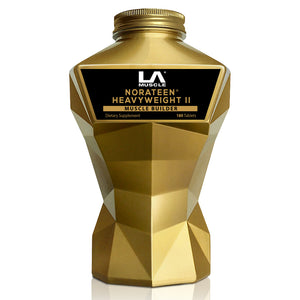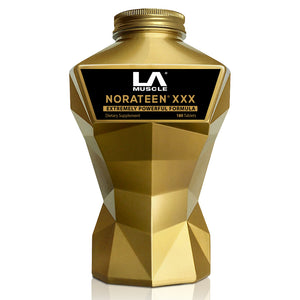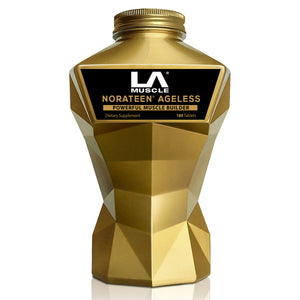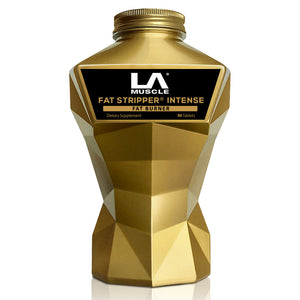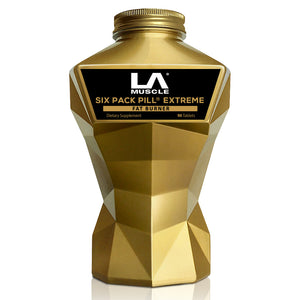 What Are Dark Spots (Sun Spots)?
What Are Dark Spots (Sun Spots)?
Dark spots, also known as sun spots, age spots, or hyperpigmentation, are areas of skin that appear darker than the surrounding tissue. These spots commonly develop on the face, hands, and other sun-exposed areas due to excess melanin production. While they are generally harmless, many people seek ways to reduce or eliminate them for an even skin tone.
Why Do We Get Dark Spots?
Dark spots form when melanin, the pigment responsible for skin colour, is overproduced. Several factors contribute to this excessive melanin production:
-
Sun Exposure – UV rays trigger melanin production as a protective response. Over time, repeated exposure causes an accumulation of pigment, leading to sun spots.
-
Aging – As we age, our skin’s ability to recover from UV damage diminishes, making dark spots more common.
-
Hormonal Changes – Conditions like melasma, often linked to pregnancy or birth control, cause pigment changes.
-
Post-Inflammatory Hyperpigmentation (PIH) – Any skin trauma, such as acne, burns, or cuts, can lead to dark spots.
-
Genetics – Some individuals are more prone to pigmentation issues due to genetic predisposition.
-
Environmental Factors – Pollution and oxidative stress can contribute to uneven skin tone and pigmentation.
How to Get Rid of Dark Spots
The best way to tackle dark spots is through a combination of exfoliation, skin brightening, and protection from further damage. Treatment options include:
Topical Treatments
-
Vitamin C – A powerful antioxidant that inhibits melanin production and brightens skin.
-
Retinoids (Retinol, Tretinoin) – Stimulates cell turnover and promotes even skin tone.
-
Hydroquinone – A potent skin-lightening agent that directly inhibits melanin synthesis.
-
Alpha Arbutin – A gentle alternative to hydroquinone that reduces pigmentation.
-
Niacinamide – Reduces inflammation and minimizes the transfer of melanin to skin cells.
-
Azelaic Acid – Fades dark spots while also helping with acne.
-
Kojic Acid – Derived from mushrooms, this ingredient prevents melanin formation.
-
AHAs & BHAs (Glycolic, Lactic, Salicylic Acid) – Promote exfoliation, removing pigmented skin layers.
Professional Treatments
-
Chemical Peels – Exfoliate the skin deeply to fade pigmentation.
-
Laser Therapy – Targets excess melanin with concentrated light energy.
-
Microneedling – Stimulates collagen production and helps improve skin texture.
-
Cryotherapy – Freezing treatments can help lighten dark spots over time.
Best Ingredient Combinations for Maximum Effectiveness
For optimal results, layering ingredients properly is key. Effective combinations include:
-
Vitamin C + Sunscreen – Prevents and fades dark spots while protecting from future damage.
-
Niacinamide + Retinol – Soothes inflammation while promoting skin renewal.
-
Hydroquinone + AHAs – Increases penetration and effectiveness in reducing pigment.
-
Azelaic Acid + Alpha Arbutin – Dual-action brightening without irritation.
-
Kojic Acid + Glycolic Acid – Enhances exfoliation and melanin suppression.
How to Apply and How Long Until Results Show
Morning Routine:
-
Cleanse – Use a gentle, non-stripping cleanser.
-
Vitamin C Serum – Apply a few drops for antioxidant protection.
-
Niacinamide or Alpha Arbutin – If using these, apply before moisturiser.
-
Moisturiser – Hydrates and locks in active ingredients.
-
Sunscreen (SPF 30-50) – Essential to prevent further pigmentation.
Night Routine:
-
Cleanse – Remove dirt, oil, and makeup.
-
Exfoliate (AHAs/BHAs) – 2-3 times per week.
-
Retinol or Hydroquinone (if prescribed) – Apply a small amount.
-
Moisturizer – Keeps skin hydrated and minimizes irritation.
How Long Does It Take to See Results?
-
Mild Dark Spots: 4-6 weeks with consistent treatment.
-
Moderate Hyperpigmentation: 2-3 months for noticeable fading.
-
Severe Dark Spots: 6 months or more, often requiring professional intervention.
Dark spots can be stubborn, but with the right ingredients and sun protection, they can significantly fade over time. Consistency is key—regular use of brightening agents, exfoliants, and SPF will ensure gradual improvement. If over-the-counter treatments don’t work, consult a dermatologist for personalized solutions.
By understanding the causes and best treatment approaches, you can take proactive steps toward achieving clear, even-toned skin.



